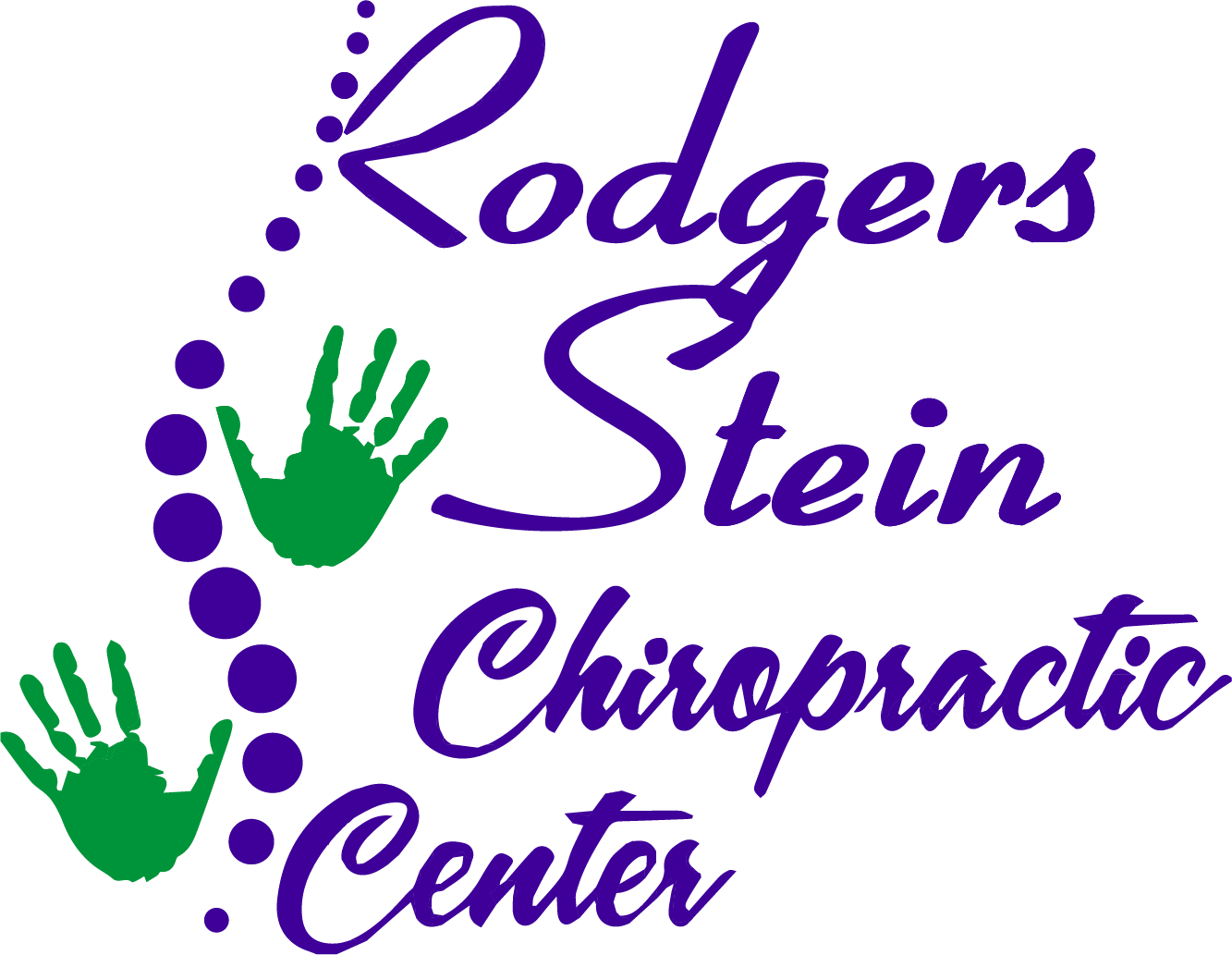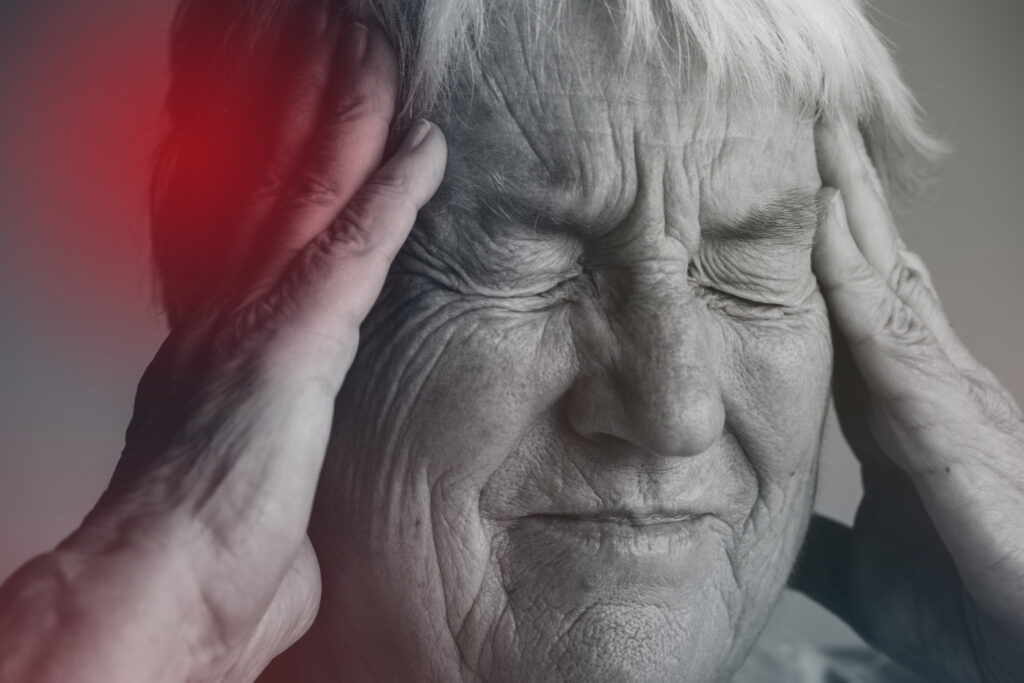If you've been struggling with chronic tension headaches, you might feel like you've tried everything without success. Surprisingly, relief could come from approaches you haven't considered yet. Techniques like mindfulness meditation or dietary changes might not be your first thought, but they can play an essential role in reducing headache frequency. You may also find that alternative therapies offer unexpected benefits. Curious about how these methods can fit into your routine and help you regain control? Let's explore what might work for you.
Understanding Chronic Tension Headaches
Chronic tension headaches are often a frustrating experience that can disrupt your daily life. You might find yourself battling persistent pain, tightness, or pressure in your head, which can linger for hours or even days.
These headaches often stem from muscle tension in your neck, shoulders, and scalp, triggered by stress, poor posture, or lack of sleep. Recognizing the signs and understanding what causes these headaches is vital for finding effective relief.
As you navigate through your day, you may notice that certain activities or situations tend to provoke your headaches. For instance, prolonged screen time, inadequate hydration, or even skipping meals can contribute to that throbbing sensation.
You might also experience these headaches during periods of heightened stress or anxiety, as your body reacts to emotional strain by tensing up.
Identifying your triggers is essential. Keep a headache diary to track when your headaches occur, what you were doing, and how you felt at the time. This approach can help you pinpoint patterns and understand your body's signals better.
Additionally, consider how lifestyle factors like sleep quality and physical activity levels impact your headaches.
Mindfulness and Meditation Techniques
Managing tension headaches often involves exploring various techniques to alleviate stress and promote relaxation. Mindfulness and meditation can be powerful tools for managing these headaches by helping you focus on the present moment, reducing anxiety, and calming your mind.
Here are some effective mindfulness and meditation techniques you can try:
- Deep Breathing: Find a comfortable position, close your eyes, and take slow, deep breaths. Inhale through your nose for a count of four, hold for four, and exhale through your mouth for another count of four. Repeat for several minutes to help ground yourself.
- Guided Imagery: Picture a serene environment, whether it's a peaceful beach or a quiet forest. Use all your senses to imagine the sights, sounds, and smells. This visualization can distract your mind from pain and promote relaxation.
- Body Scan: Lie down comfortably and close your eyes. Focus on each part of your body, starting from your toes and moving up to your head. Notice any tension and consciously relax those areas. This technique helps increase awareness of physical sensations and reduce stress.
- Mindful Walking: Take a slow walk, paying attention to each step. Notice how your feet touch the ground and the rhythm of your breath. This practice can shift your focus away from headache discomfort and help you reconnect with your body.
Acupressure and Massage Therapy
Finding relief from tension headaches can sometimes come from the healing touch of acupressure and massage therapy. These techniques can help alleviate muscle tightness, improve circulation, and promote relaxation, all of which are essential in reducing headache frequency and intensity.
When you explore acupressure, you're tapping into ancient practices that focus on specific points on your body. By applying firm pressure to these points—like the web between your thumb and index finger or the base of your skull—you can stimulate energy flow and release tension.
You can easily do this at home, using your fingers or a small acupressure tool. Just a few minutes of focused pressure can lead to significant relief.
On the other hand, massage therapy offers a more hands-on approach. Whether you choose a professional massage or practice self-massage, this therapy can target tight muscles in your neck, shoulders, and scalp.
Pay attention to areas that feel particularly stiff or sore, and use gentle kneading motions to encourage relaxation. Even simple techniques like rolling your neck or gently massaging your temples can provide immediate comfort.
Combining both acupressure and massage therapy can yield even better results. You might find that using these methods regularly not only helps relieve your current tension headaches but also prevents future occurrences.
Dietary Changes for Relief
Have you ever thought about how your diet might influence your tension headaches? The food you eat can greatly impact your overall well-being and may even contribute to the frequency and intensity of your headaches.
By making some thoughtful dietary changes, you can potentially find relief. Here are four key adjustments to keep in mind:
1. Stay Hydrated: Dehydration is a common headache trigger. Aim to drink at least eight glasses of water daily.
Think about carrying a reusable water bottle to remind yourself to sip throughout the day.
2. Limit Caffeine: While caffeine can provide temporary relief for some headaches, excessive consumption may lead to rebound headaches.
Try to minimize your intake and pay attention to how your body reacts.
3. Avoid Processed Foods: Foods high in preservatives, artificial sweeteners, and trans fats can trigger headaches.
Focus on whole, unprocessed foods like fruits, vegetables, lean proteins, and whole grains to nourish your body better.
4. Increase Magnesium Intake: Some studies suggest that magnesium deficiency might contribute to tension headaches.
Incorporate magnesium-rich foods like spinach, nuts, and seeds into your meals.
Physical Activity and Stretching
Regular physical activity and stretching can considerably reduce the frequency and severity of tension headaches. Engaging in routine exercise helps to relieve built-up tension in your muscles, particularly in the neck, shoulders, and upper back, areas often associated with headache pain.
Whether it's brisk walking, cycling, or swimming, aim for at least 30 minutes a day, five days a week. This not only boosts your overall health but also releases endorphins, your body's natural pain relievers.
Incorporating stretching into your daily routine can make a significant difference as well. Simple stretches targeting the neck, shoulders, and upper back can alleviate muscle tightness and improve your posture.
Try neck rolls, shoulder shrugs, and upper back stretches to help release tension. You might find it helpful to set reminders to take short stretching breaks throughout your day, especially if you work at a desk for long periods.
Yoga is another excellent option to take into account. It combines physical activity and stretching, while also promoting relaxation and mindfulness.
Just a few minutes of yoga can enhance blood flow, decrease stress, and reduce headache frequency.
Alternative Therapies to Consider
When it comes to managing chronic tension headaches, alternative therapies like acupuncture and herbal remedies might be worth exploring.
Acupuncture can help relieve pain by targeting specific pressure points in your body, while certain herbs may offer natural relief.
Considering these options could provide you with additional tools to ease your discomfort.
Acupuncture Benefits
Over the years, acupuncture has gained recognition as a viable option for managing chronic tension headaches. This ancient practice involves inserting thin needles into specific points on your body, promoting energy flow and balance. Many people find relief through acupuncture, and you might too.
Here are some benefits to evaluate:
- Pain Reduction: Acupuncture can trigger the release of endorphins, your body's natural painkillers, helping to alleviate headache discomfort.
- Stress Relief: This therapy promotes relaxation and reduces stress, which are common triggers for tension headaches.
- Improved Sleep Quality: Regular acupuncture sessions can enhance your sleep, allowing your body to recover and reduce headache frequency.
- Individualized Treatment: Acupuncture practitioners often tailor treatments to your unique symptoms and needs, offering a personalized approach to headache relief.
If you're struggling with chronic tension headaches, exploring acupuncture might be a smart move. Many report significant improvements in their symptoms after just a few sessions.
Don't hesitate to reach out to a qualified acupuncturist to see if this ancient practice could be the solution you've been searching for.
Herbal Remedies
Many people searching for relief from chronic tension headaches also explore herbal remedies as an alternative therapy. These natural options can complement your existing treatment plan and may help reduce the frequency and intensity of headaches.
One popular choice is peppermint oil, which you can apply to your temples. Its cooling effect can soothe tension and promote circulation.
Another effective herb is feverfew, known for its anti-inflammatory properties. Taking feverfew capsules or drinking tea made from its leaves may help minimize headaches over time.
Ginger is also worth considering; it can alleviate nausea that sometimes accompanies headaches. You can enjoy ginger tea or add fresh ginger to your meals.
Additionally, chamomile tea is great for relaxation and may help ease muscle tension.
Always consult a healthcare professional before starting any herbal remedies, especially if you're on medications. They can guide you on safe dosages and potential interactions.
Conclusion
Finding relief from chronic tension headaches doesn't have to rely solely on conventional treatments. By incorporating mindfulness techniques, dietary adjustments, and alternative therapies, you can tackle the root causes of your headaches. Regular physical activity and targeted stretching can further enhance your well-being. Remember, it's all about combining these surprising solutions to create a personalized approach that works for you. Don't hesitate to explore these options and reclaim your quality of life.



